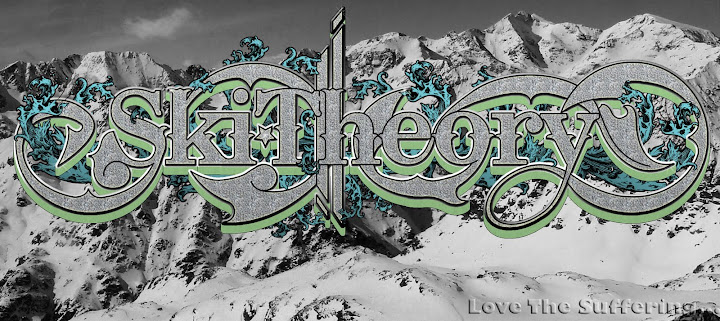- When my arms began to fatigue, muscles connected to them became more active, and were working harder to support them. Including my diaphragm.
- The less I concentrated on my balance, and used my poles to aid a good balanced skinning form, the more I engaged my arms. If I was balanced over my skis, looking forward, there was less strain on my arms bringing my heart rate down.
(photo: Dave Booth on the summit ridge of Mt Matier)
My idea has been to build a strong core as usual, but concentrate my efforts to training muscles while forcing my core to balance itself, which will also help eliminate muscular imbalances. For example, I have been constantly on my core ball, doing squats, isometric work, sit ups, and kettleball exercises to get the most out of them. By concentrating on these muscles, I hope to see less strain on peripheral muscles which will allow my body to better concentrate on the task at hand, and to be better balanced which will relax muscles in use which will keep my oxygen uptake efficiency optimal. Not only that, I should see less strain on my diaphragm after my shoulders tire, which will keep my aerobic performance high.
With ski mountaineering races, it is easy to concentrate on just aerobic and anaerobic training. But to be fast we need to look at everything together, in order to truly have an edge of the competition.







Good reminder of how important strength is in any endurance sport. In ski mountaineer racing, core strength is especially important on the descents. After a big climb, when the legs are pretty much fried and looking for some recovery, it is paramount that one has a strong core to aid fatigued legs in a fast, safe descent. Also, when you hit those yucky flats, the stronger your core, the faster you can "skate ski". Great blog.
ReplyDeleteI think training your diaphragm on a core ball, or just under strain with weight above your head, is super important too. Not only is it training your core, but your ability to pull in oxygen. If the muscles supporting the rest of your arms and legs get tired, and begin to affect your breathing, game over! Thanks!
ReplyDelete